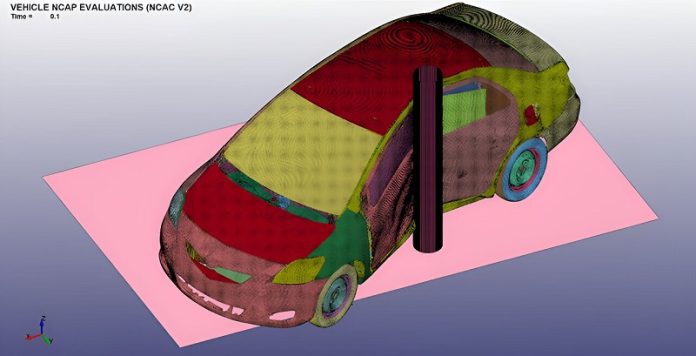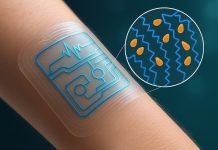
At FAMU-FSU College of Engineering, scientists are making electric cars safer with a clever new trick.
They’ve created a special design that uses wax-filled tubes to keep the car’s battery safe.
The tubes are filled with something called paraffin wax, which is a special type of material that can store and get rid of heat.
This means it’s great at keeping the battery from getting too hot.
But these scientists found another cool use for these wax-filled tubes. They can actually help protect the battery if the car gets into a crash.
“We want to make sure the battery doesn’t get damaged in an accident,” explained Farhad Farzaneh, the lead scientist on the project. “This is really important for making electric cars safer and more reliable.”
So, how does this work? Well, these tubes are like mini shock absorbers. They soften the hit from a crash and soak up the heat.
This keeps the nearby battery cells cool and stops them from catching fire.
The team tested different types of tubes, changing their sizes, thicknesses, and end cap designs. They made predictions about how these tubes would perform and then did experiments to check if they were right.
They found that tubes with caps on the ends and tubes filled with wax were really good at absorbing energy.
In fact, the wax-filled tubes could soak up 74% more energy than empty tubes.
Co-author Professor Sungmoon Jung said, “Protecting the battery from impacts is a big challenge for electric cars. But with Farhad’s research, we found a smart way to combine two protections into one, which can make electric cars even safer.”
The new design could also help the battery last longer by protecting it from smaller impacts or heat problems.
“We hope that using these wax-filled tubes in electric car batteries will stop bad things from happening and make the battery system stronger and longer-lasting,” Farzaneh said.
The study was published in the journal Structures.
Follow us on Twitter for more articles about this topic.



